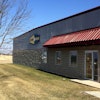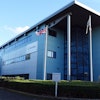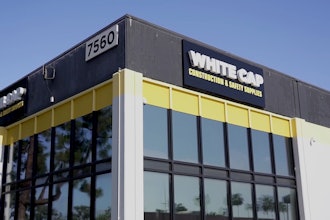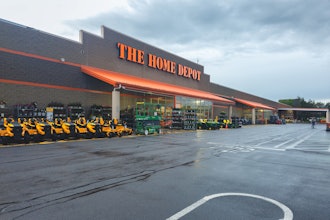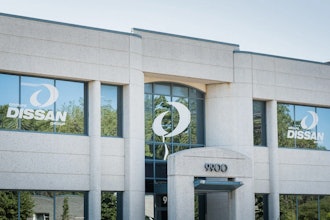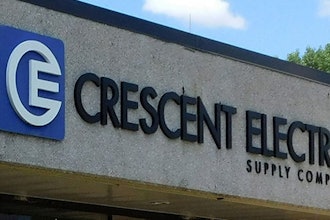WASHINGTON (AP) — U.S. factories likely produced more goods last month, helped by increased consumer demand and supply chains that are flowing more freely.
Economists expect industrial production increased 0.4 percent in October, according to a survey by FactSet. The Federal Reserve will issue the report at 9:15 a.m. Eastern on Wednesday.
In September, overall industrial production rose 0.2 percent.
Factory output, the biggest component of industrial production, rose 0.4 percent in September. Factories made more airplanes, trucks and home electronics to meet rising demand.
U.S. industrial production has increased 12.8 percent since June 2009. It remains 5.8 percent below its recent peak, reached in September 2007.
A key reason for the factory growth in September is that businesses are investing more in equipment. Production of business equipment rose 1 percent in September, the third straight increase of 1 percent or more.
Automakers are also rebounding from the March natural disasters in Japan, which disrupted supply chains. Many U.S. auto plants depend upon parts from Japan to produce various models.
Factory activity slowed this spring because of the fallout from the disasters and also because consumers cut back on big purchases in the face of higher prices for gas and food.
Energy prices have moderated since then. And car sales are rising. In October, they were 7 percent higher than the same month last year, the government said Tuesday.
The economy grew at an annual rate of 2.5 percent in the July-September quarter, the best quarterly performance in a year. Many economists project similar growth for the October-December quarter, a view bolstered by Tuesday's report that retail sales rose in October for the fifth straight month.
Still, consumers might not be able to sustain their spending growth if unemployment remains high and pay raises scant. And Europe may be on the brink of a recession that could further slow U.S. growth next year.
The outlook for hiring remains mixed. In October, employers created just 80,000, the smallest gain in four months. But the government also said employers added more jobs in August and September than it had initially reported and the unemployment rate dipped to 9 percent.
Other reports suggest the manufacturing sector is growing at a slow and steady pace.
The Institute for Supply Management said its manufacturing index slipped in October to 50.8, down from 51.6 in September. Any reading above 50 indicates expansion.
Even with the small decline, the ISM reading marked the 27th consecutive month of growth for the manufacturing sector.

